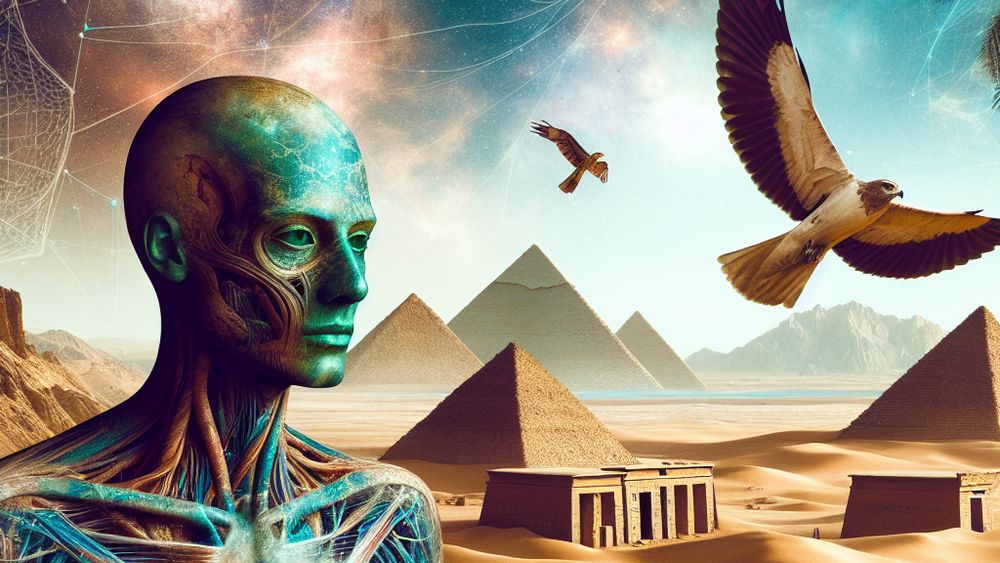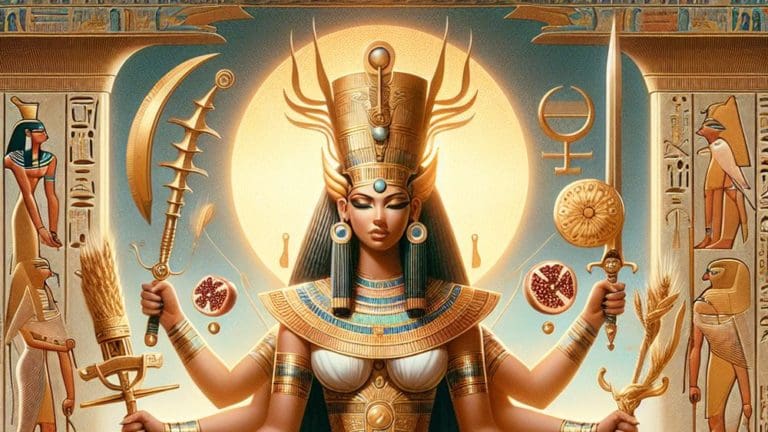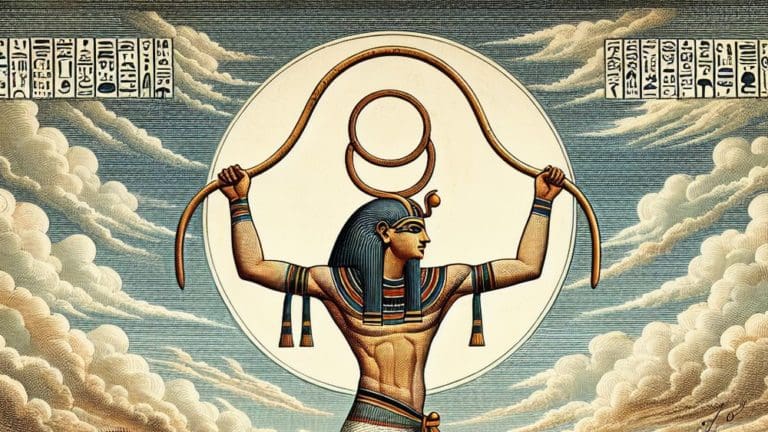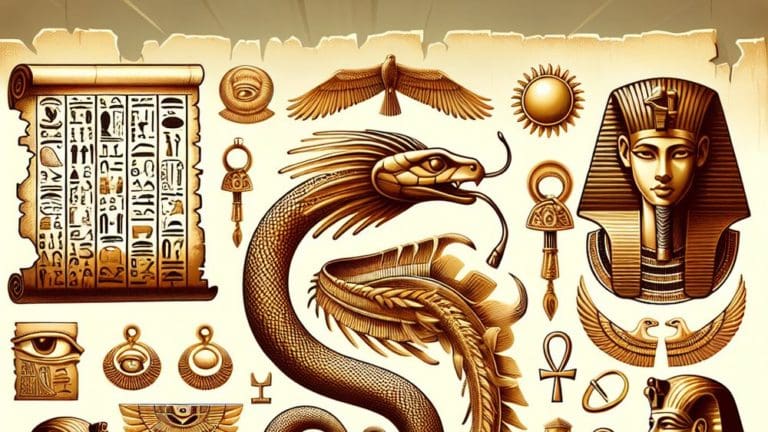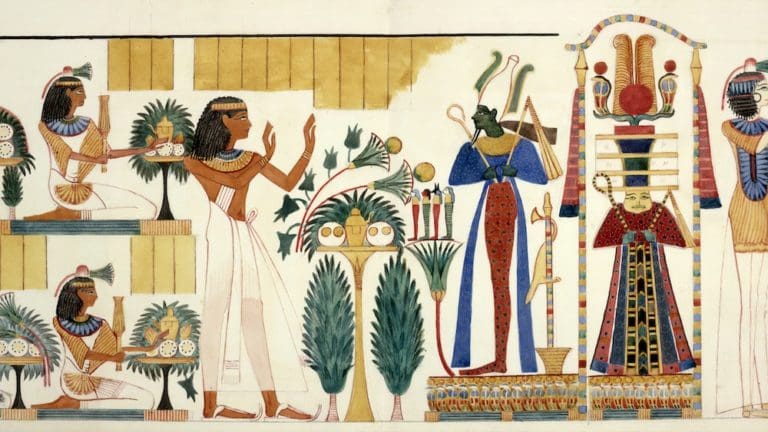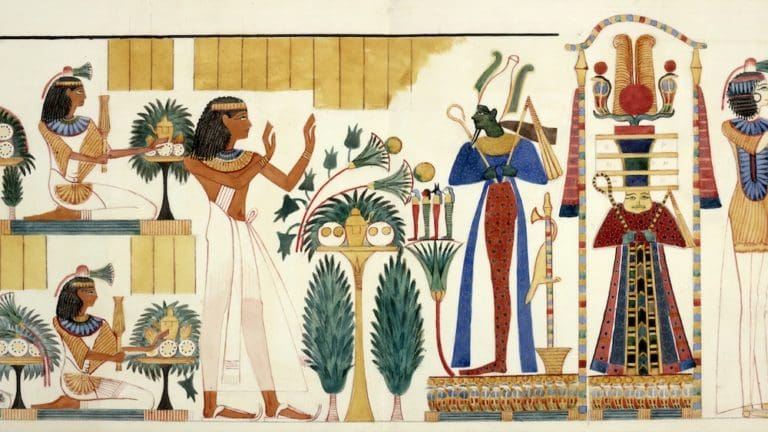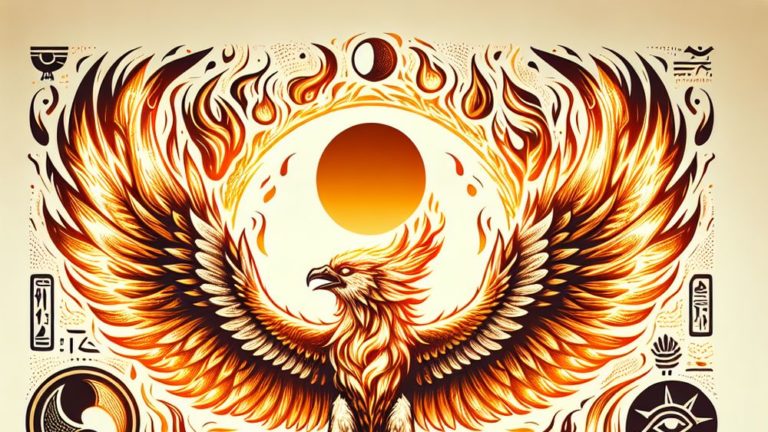Seker: Egyptian God Of The Memphite Necropolis
Seker: Egyptian God Of The Memphite Necropolis
Have you ever heard of the egyptian god Seker, a mysterious deity shrouded in the enigmas of ancient Egyptian mythology? Seker, often depicted as a funerary god with a strong association to the afterlife and the rebirth of souls, serves as a captivating subject for history enthusiasts and travelers keen on unraveling the mysteries of ancient civilizations.
Key Points:
- Seker is an Egyptian god associated with the afterlife and rebirth.
- Seker’s worship symbolizes the cyclic nature of life, death, and rebirth.
- Seker evolved from a Memphite necropolis god to a deity of resurrection.
- Seker’s symbols include the falcon, scepter, and ankh.
- Memphis and Heliopolis were key centers for Seker’s worship.
- Seker is part of a divine triad with Ptah and Osiris.
- Rituals to Seker included offerings of statuettes, grain, and daily prayers.
This deity’s significance in the pantheon of Egyptian gods invites us to explore the depth of his worship and the intricacies of his cult. Join us on a mesmerizing journey through time as we unveil the secrets of Seker, diving into his origins, symbols, and the pivotal role he played in the spiritual life of ancient Egypt.
The Role and Significance of Seker in Ancient Egyptian Religion
In the rich tapestry of Egyptian mythology, Seker stands out as a pivotal figure representing the cyclic nature of life, death, and rebirth. His worship underscores the ancient Egyptians’ deep focus on the afterlife and their belief in the immortality of the soul.
The Origins and Evolution of Seker
Seker, originally a Memphite necropolis god, has seen his role and understanding evolve over the centuries. Initially associated with the underworld, his identity merged with other deities, expanding his influence and aspects.
- Early representations depict Seker as intimately connected to the city of Memphis.
- Integration with Ptah and later Osiris, redefined Seker as a god of resurrection and rebirth.
- Festivals in his honor, such as the Feast of Seker, indicate his importance in public religion.
Natural Language Processing-friendly answer: The origins of Seker can be traced back to Memphis, evolving from a local necropolis god to a deity associated with rebirth.
Seker’s evolution from a necropolis god in Memphis to a deity symbolizing rebirth shows the importance of growth and adaptation in one’s identity.
Seker’s Association with the Memphite Necropolis
The association of Seker with the Memphite Necropolis underscores his integral role in the burial practices and afterlife beliefs of ancient Egyptians.

- Geographical importance: Seker was closely linked with the burial grounds surrounding Memphis.
- Symbolic connection: The god’s dominion over the necropolis emphasized the Egyptians’ hope for resurrection and life after death.
Natural Language Processing-friendly answer: Seker is fundamentally tied to the Memphite Necropolis, signifying his role in overseeing the transition to the afterlife.
Symbols and Iconography of Seker
The symbols and iconography of Seker offer a fascinating glimpse into how the ancient Egyptians envisioned this enigmatic deity.
- Falcon or hawk: Representing his sovereignty and the soul’s journey.
- Scepter and ankh: Symbols of his power over life and death.
| Symbol | Interpretation |
|---|---|
| Falcon/Hawk | Sovereignty, spiritual journey |
| Scepter | Authority and divine power |
| Ankh | Life, eternal life through resurrection |
Natural Language Processing-friendly answer: Symbols such as the falcon and scepter highlight Seker’s authority and his role in the spiritual journey of the soul.
The Worship and Cult of Seker
The ancient Egyptians held Seker, the Egyptian god of the dead, in high reverence, marking his significance through elaborate rituals and worship. This veneration shone through most prominently in the Memphite Necropolis, where the dichotomy of life and death seamlessly merged.
Major Centers of Worship and Festivals
In the heart of ancient Egypt, several key locations became pivotal in the worship of Seker.
- Memphis: As the primary cult center, Memphis hosted the most elaborate celebrations, particularly the Festival of Sokar, which was synonymous with Seker.
- Heliopolis: This city was vital for its theological contributions to Seker’s mythology, intertwining it with the sun god Ra.
- Thebes: Though more commonly associated with Amun, Thebes also observed festivals for Seker, showing the god’s wide-reaching influence.
These sites played host to festivals that were both magnificent and solemn, drawing devotees from across the land to honor Seker’s role as the guardian of the dead.
Key locations in ancient Egypt, such as Memphis, Heliopolis, and Thebes, were pivotal in honoring Seker, the guardian of the dead, through elaborate festivals and celebrations.
The Connection Between Seker, Ptah, and Osiris
The triad of Seker, Ptah, and Osiris forms a fascinating study of divine interrelation in Egyptian theology.
- Seker is often seen as a manifestation of the dead, representing the body in its most inert form.
- Ptah, the god of craftsmen and architects, is thought to symbolize the spiritual rebirth, creating the body for the soul in the afterlife.
- Osiris, as the god of the afterlife and resurrection, completes the cycle, offering the soul’s rejuvenation and ruling over the dead.
This interconnectedness underscores the complex understanding of life, death, and rebirth that ancient Egyptians held, with each deity playing a crucial role in the spiritual journey after death.

Rituals and Offerings to Seker
The rituals and offerings made to Seker were both varied and symbolic, holding deep meanings for those who practiced them.
- Statuettes and amulets: These were often left at tombs as protection for the deceased, ensuring a safe journey into the afterlife.
- Grain and bread: Representing sustenance, these offerings were made to Seker to feed the souls of the departed.
- Daily prayers and incantations: Priests and family members would recite prayers to invoke Seker’s guidance and protection for their loved ones in the afterlife.
Through these rituals, the ancient Egyptians sought to secure a favorable position for their dead in the world beyond, showcasing a deeply spiritual connection to the divine.
The rituals and offerings to Seker symbolized protection, sustenance, and guidance for the departed, reflecting the profound spiritual bond with the divine.
FAQs
1. How did Seker influence the daily lives of ancient Egyptians?
Seker influenced the daily lives of ancient Egyptians primarily through their beliefs in the afterlife. His role as a protector of the deceased meant that Egyptians would often invoke his name for safety in the afterworld, weaving his essence into their daily spiritual practices and preparations for the journey to the afterlife.
2. Can you explain the significance of the Seker boat procession?
The significance of the Seker boat procession lies in its celebration of the journey of the sun and the dead through the underworld. This ceremony was a vivid representation of regeneration and renewal, emblematic of the cycle of life and death that was central to ancient Egyptian cosmology.
3. What are some common misconceptions about Seker?
Some common misconceptions about Seker include the belief that he was solely a god of death. In reality, Seker’s domain extended into the afterlife and rebirth, representing both the end and the hope for a new beginning. Another popular misconception is seeing him as malevolent, whereas he was revered as a protective deity.
4. How is Seker depicted in ancient Egyptian art and artifacts?
In ancient Egyptian art and artifacts, Seker is often depicted as a mummified hawk or with a hawk head, symbolizing his role in death and rebirth. Additionally, he is frequently shown with the insignia of power like crooks and flails, highlighting his authority and divine nature.
Conclusion
In delving into the mysteries surrounding the Egyptian god Seker, we uncover a tapestry woven with beliefs about death, rebirth, and the transformational journey of the soul. Seker’s significance stretches far beyond his role as a guardian of graves to encompass themes of regeneration, protection, and eternal life, resonating deeply with the ancient Egyptian worldview. As enthusiasts of history, culture, and the enigmatic past, we’re invited to reflect upon the ways in which the cult of the Egyptian god Seker shaped and enriched the lives of those in ancient times and continues to fascinate and inspire us today. Remember, the journey through history is a mirror reflecting the timeless human quest for understanding and meaning. So, let’s keep exploring, asking questions, and uncovering the secrets that ancient civilizations left for us to find. Until next time, may your adventures be grand and your discoveries profound. Warmly, Cedric.

